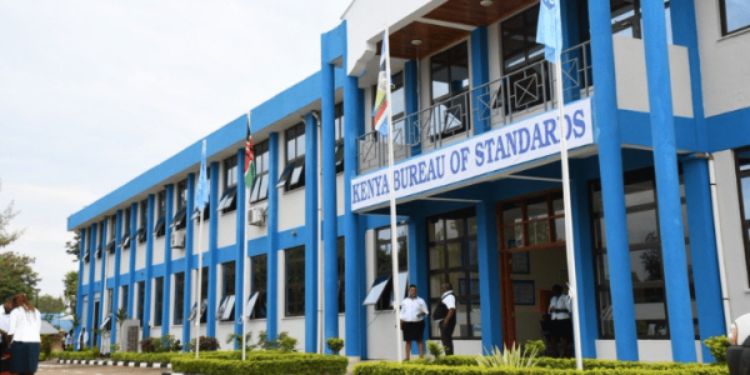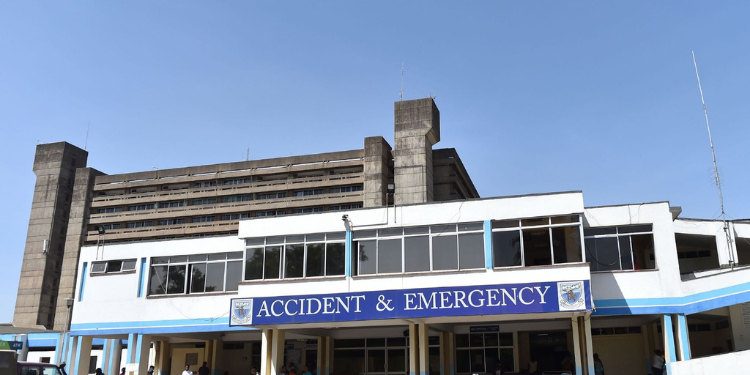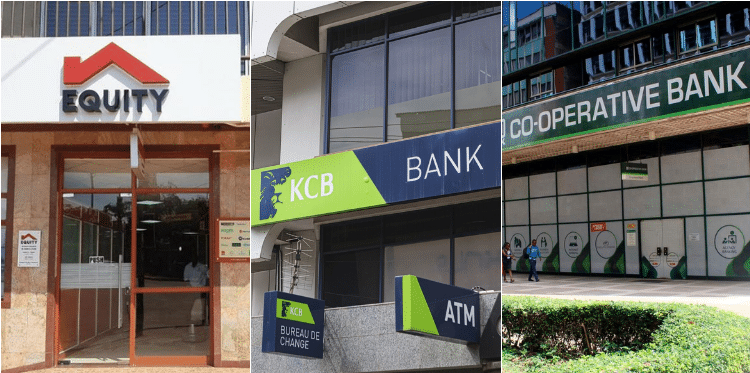The Central Bank of Kenya (CBK) has announced a new lending framework requiring all banks to use the interbank rate as the base for pricing loans.
Under the new system, banks will no longer set their own base rates. Instead, they will apply a uniform base rate—the interbank rate—plus a risk premium and additional charges to determine the total cost of credit for borrowers.
Previously, banks set both the base rate and the risk premium. Now, they’ll only set the premium (K).
In the new structure, the Total Cost of Credit will be calculated as: Interbank Rate + Premium (K) + Fees/Charges.
“CBK proposes the use of the Interbank Rate as the common reference rate for determining lending rates for all customers. The total lending rate will be ‘the Interbank Rate + Premium (K)’,” CBK said.
The Apex bank said the use of the Interbank Rate as the common reference rate is recommended as it is market-based.
Further, the interbank market rate closely aligns with the policy rate (CBR) under the current monetary policy implementation framework.
In situations where using the interbank rate as the reference base rate is not practical, customers may be offered the CBR as an alternative reference rate.
CBK Explains How Banks Will Calculate Loan Premiums
Lending rates will be determined by adding a premium (“K”) to the common reference rate. Banks will define the components that make up this premium, which may include:
- The bank’s operating costs related to lending – This includes salaries and allowances, directors’ remuneration and other expenses, repairs and maintenance, depreciation, occupancy and rental expenses, contract services, and other operating expenses.
- Return to shareholders – The expected return for shareholders from the lending business.
- The borrower’s risk premium – The compensation banks expect from borrowers, depending on their risk profiles. CBK expects banks to use a detailed credit-scoring model that covers both qualitative and quantitative aspects of a borrower when determining creditworthiness. The risk premium should be customer-specific.
- Total Cost of Credit –Total cost of credit = Common Reference Rate (Interbank rate) + Premium (“K”) + Fees/Charges. All components of the total cost of credit must be disclosed directly to customers, published on the Total Cost of Credit website, and submitted to the CBK.
- Fairness and Transparency
In pricing loans and advances, banks are expected to uphold their commitment to the Kenya Banking Sector Charter by ensuring fairness and transparency.
Also Read: CBK to Launch Mobile-First Bond Market Platform for Kenyans
CBK Picks Compounded Interbank Rate as Loan Pricing Benchmark
CBK evaluated two methodologies for deriving reference rates from overnight lending rates, ultimately proposing the use of the Interbank Rate compounded in arrears as the preferred benchmark for pricing loans.
The two approaches reviewed were the simple average of past overnight rates and compounding in arrears over the interest period.
While the simple average method is easier to compute and gives borrowers advance certainty about repayment obligations, CBK noted it lacks responsiveness to market dynamics.
“The rate is based on historical data, allowing interest amounts to be determined before the period starts,” CBK stated.
“However, this approach overlooks daily market fluctuations and may delay the transmission of monetary policy changes.”
In contrast, the central bank favours the compounding-in-arrears model, where interest is calculated by compounding daily overnight rates throughout the interest period.
“Compounding interest in arrears enables immediate transmission of monetary policy and reflects the actual cost of funds over the period,” the CBK said.
It added, “This method requires systems capable of computing and tracking daily interest rates and may be complex for some customers to verify.”
Also Read: How to Access M-Pesa’s Taasi Pochi and Fuliza Biashara Loans for Your Business
Central Bank Adopts Global Practice in Publishing Rates
After weighing the pros and cons of both options, the CBK stated:
“Based on the analysis above, CBK proposes the adoption of the Interbank Rate compounded in arrears as the common reference rate.”
To support banks with the computation of the Interbank rate compounded in arrears, CBK will publish the overnight compounded index, as is the case in the United Kingdom and the United States, where the Bank of England and the Federal Reserve Bank of New York are the sources of the SONIA Compounded Index and SOFR, respectively.
This will standardize rate computation, assist financial institutions lacking advanced systems, and provide transparency by allowing users to easily verify the rate over a specific period.
Follow our WhatsApp Channel and X Account for real-time news updates.













































































What happened to risk based lending?